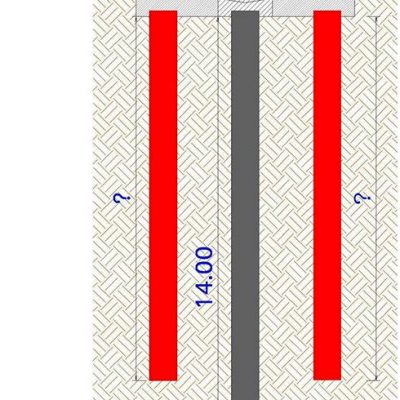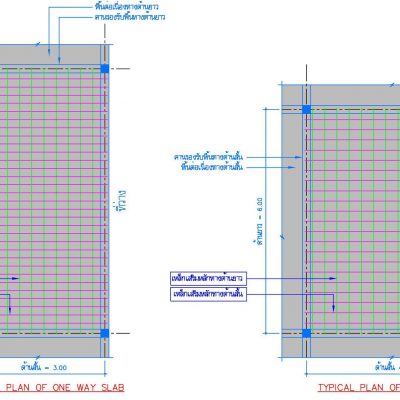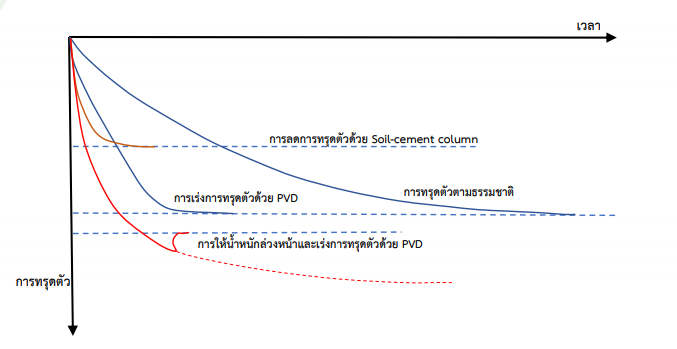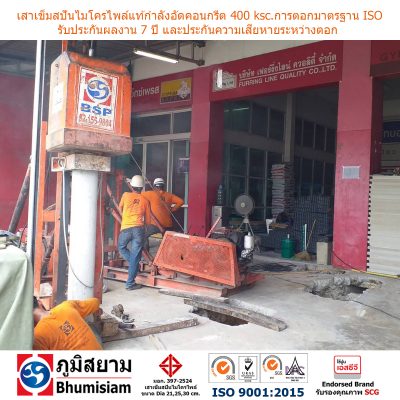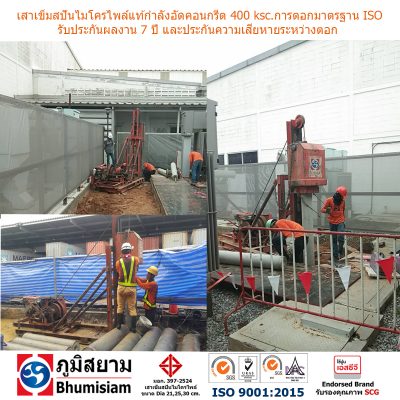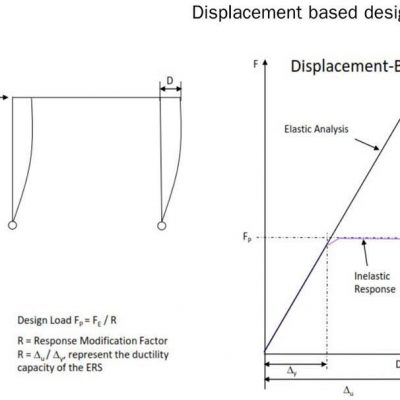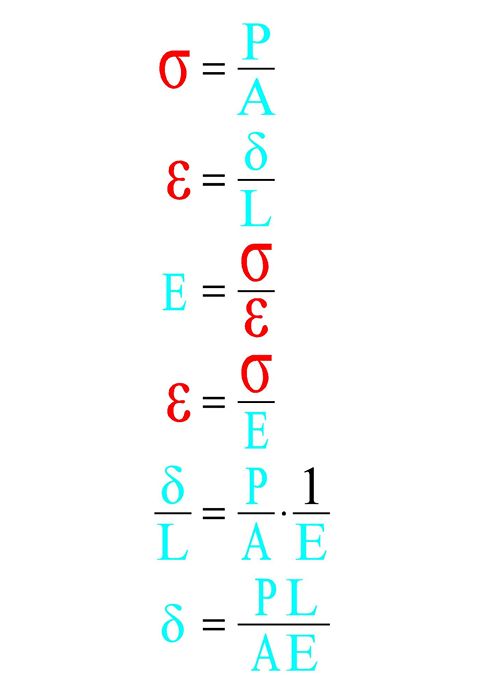
ref: www.facebook.com/bhumisiam/
สวัสดีครับแฟนเพจที่รักทุกๆ คน
วันนี้ผมมีโอกาสได้คุยกับรุ่นน้องวิศวกรท่านหนึ่งที่กำลังเตรียมตัวจะสอบเลื่อนขั้น ก็พูดคุยเกี่ยวกับเรื่องความรู้ในระดับพื้นฐาน และ ขั้นสูงต่างๆ ที่ผมได้นำมาเล่าและทบทวนให้แก่เพื่อนๆ ไปว่าเรื่องใดเป็นเรื่องสำคัญ เรื่องใดควรที่จะทบทวน ผมก็พบว่า น้องคนนี้รวมถึงวิศวกรหลายๆ ท่านไม่ทราบหรืออาจจะแค่ลืมถึงทฤษฎีพื้นฐานที่มีความสำคัญหลายๆ อย่างไปจากตอนที่เรียน ซึ่งปัญหาของการหลงลืมสิ่งเหล่านี้ก็คือทฤษฎีพื้นฐานเหล่านี้จะมีผลสำคัญต่อการนำความรู้ไปต่อยอดในระดับสูงนั่นเอง ผมจึงคิดว่าในช่วงเวลาต่อไปนี้ ผมจะทำการนำพื้นฐานความรู้ต่างๆ มาทบทวนให้แก่เพื่อนๆ กันสักหน่อยนะครับ เพื่อเพื่อนๆ จะได้มีความเข้าใจ และ ท้ายที่สุดแล้วจะได้สามารถนำความรู้เหล่านี้ไปประยุกต์ใช้งานได้ในงานวิศวกรรมโยธาจริงๆ ได้
วันนี้เรามาเริ่มต้นจากทฤษฎีง่ายๆ กันก่อนนะครับ นั่นก็คือ สมการการเสียรูปของชิ้นส่วนซึ่งรับแรงตามแนวแกน (AXIAL DEFORMATION OF BARS) เพื่อนๆ รู้จักสมการนี้กันหรือมไม่ครับ ?
หากไม่ทราบผมขออนุญาตเฉลยนะครับ นั่นก็คือ
δ = PL / AE
เมื่อ
δ = ความยาวของส่วนที่เปลี่ยนแปลงไป
P = แรงตามแนวแกน
L = ความยาวเดิมของชิ้นส่วน
E = ค่าโมดูลัสยืดหยุ่นของวัสดุ
ทีนี้คำถามต่อมาก็คือ เพื่อนๆ ทราบหรือไม่ครับว่าสมการนี้มีที่มาได้อย่างไรกัน ?
ที่มาของสมการนี้ คือ มาจากความสัมพันธ์ระหว่าง ค่าความเค้น และ ค่าความเครียด ของวัสดุที่มีพฤติกรรมอยู่ในช่วงเชิงเส้นนั่นเองครับ เรามาดูกันนะครับ
ค่าความเค้น มีค่าเท่ากับ
σ = P / A (1)
ค่าความเครียด มีค่าเท่ากับ
ε = δ / L (2)
เราทราบดีว่าค่าโมดูลัสยืดหยุ่นของวัสดุจะเท่ากับสัดส่วนระหว่าง ค่าความเค้น ต่อ ค่าความเครียด
E = σ / ε (3)
หากนำค่าต่างๆ ในสมการที่ (1) และ (2) แทนลงในสมการที่ (3) จะได้ว่า
E = (P / A) / (δ / L) = PL / Aδ
ดังนั้น
δ = PL / AE
I’ve been having a conversation with my younger colleagues about the preparation of upgrading his license level. We spoke a lot about the basic and advanced knowledge that I usually present out for all of you whether which one is necessary ad needed to be revised for the exam. I founded that many engineers does not know or just have forgotten about some basic knowledge in engineering mechanics. The problem of this issue is if you forget these basic knowledge you just can not applied these basis to the advanced level. So from now on I decided to revise you guys about the fundamental basic knowledge in engineering mechanics wishing you that all of you might get use to it and will finally be able to applied these theory to the advanced level simultaneously.
Let’s start with a simple equation, that is the equation of determining the axial deformation of bars. Are you familiar with this equation?
If not I shall explain it to you. It is:
δ = PL / AE
When
δ = Deformed length of bars
P = Normal force applied in bars
L = Existing length of bars
E = Elastic modulus of material
The next interesting question is do you know how this equation was derived ?
This equation could be simply derived from the relationship between the value of stress and strain of the material. Let’s take a closer look.
The stress is equal to
σ = P / A (1)
The strain is equal to
ε = δ / L (2)
We already knew that the elastic modulus could also be determined from the stress over strain.
E = σ / ε (3)
If we substitute the value from equation (1) and (2) into equation (3) we now have
E = (P / A) / (δ / L) = PL / Aδ
Thus;
δ = PL / AE
หวังว่าความรู้เล็กๆ น้อยๆ ที่ผมได้นำมาฝากพี่แขก และ เพื่อนๆ ทุกๆ ท่านในวันนี้จะมีประโยชน์ต่อทุกๆ ท่านไม่มากก็น้อย และ จนกว่าจะพบกันใหม่
ADMIN JAMES DEAN
BSP-Bhumisiam
เสาเข็ม สปันไมโครไพล์ ช่วยแก้ปัญหาได้เพราะ
1) สามารถทำงานในที่แคบได้
2) ไม่ก่อให้เกิดมลภาวะทางเสียง
3) หน้างานสะอาด ไม่มีดินโคลน
4) สามารถรับน้ำหนักได้ 20-40 ตัน/ต้น
5) สามารถตอกชิดผนังกำแพง ไม่ทำให้โครงสร้างเดิมเสียหาย
สนใจติดต่อสินค้า เสาเข็ม ไมโครไพล์ (Micropile) สปันไมโครไพล์ (Spun MicroPile) มาตรฐาน มอก. ของ ภูมิสยาม ซัพพลาย ติดต่อ สายด่วน โทร 081-634-6586
http://www.micro-pile.com





